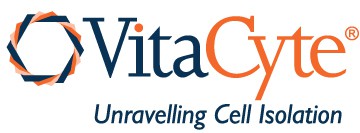ResourcesContributing to Science & Productivity
VitaCyte believes in a collaborative approach to designing product features and setting specifications. In sharing what we know about the biochemistry of tissue dissociating enzymes, we can help users optimize their processes. These mutually beneficial relationships provide us insight into the success criteria for users of these products which in turn enable us to improve our enzyme formulations. As result of these collaborations we’ve been able to make the product use recommendations that have been used successfully. This site is intended to share knowledge about enzymes and their applications for individual successes and the benefit of the fields of research and clinical work that depend on the cells that come from the processes.
